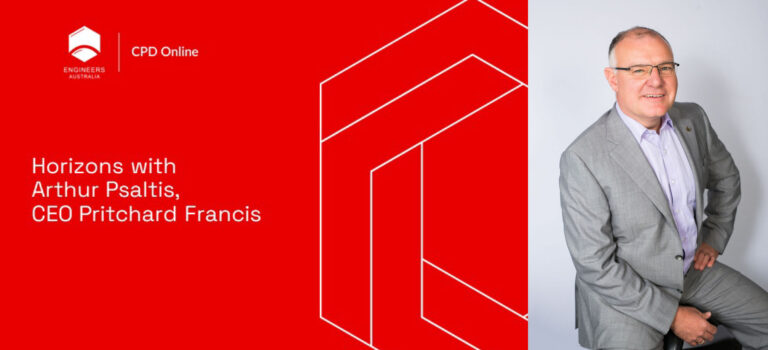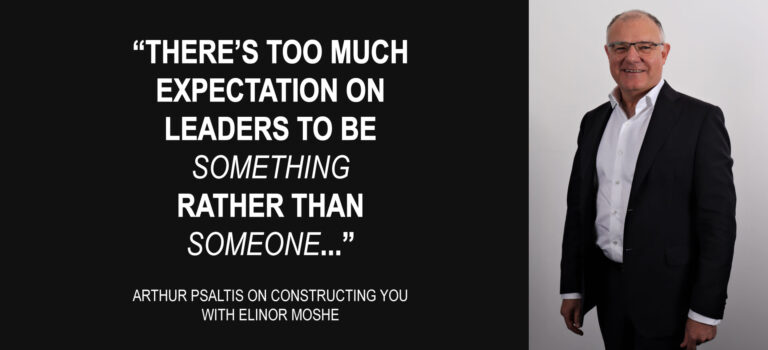You often hear many leaders say, “There’s no such thing as a dumb question”.
I disagree. While the intent of this phrase is well-founded, this simplistic message can do more harm than good. A more sophisticated message can provide better clarity and understanding for all. Most importantly, it leads to better outcomes.
Fundamentally, there is merit in encouraging collaboration and engagement without perceived power and privilege hindering thinking or decision making. This, however, is very different to outwardly suggesting every question has merit, as the above phrase suggests.
Creating a safe environment so that people can speak their mind is the key ingredient.
The underlying message of this common phrase is to address people’s concern around a question being recognised by others as dumb. On this basis it is well founded, as uncertainty and the fear of potential embarrassment can stifle good ideas being raised.
As an alternative, a stronger focus on eliminating perceived power and privilege is far healthier. This results in improved outcomes within an environment where people feel safe to raise questions, offer their thoughts, and challenge others. This must apply irrespective of age, title, experience, or level of authority.
Using this framework allows people to speak their mind, and hopefully ask intelligent, thought-provoking questions. There’s a big difference between encouraging this, and the alternative unfiltered license to ask anything without any self-assessment.
Below are some tips for those that are seeking genuine engagement.
- Ask for ideas that challenge convention and are thought provoking.
- Be clear that everyone in the room is recognised with high intelligence.
- Declare that no one has greater authority than anyone else.
- Ensure that all are contributing.
With this approach, a safe environment is created; there is an understanding that all are treated equal without judgement, and everyone’s views are valued – all without a dumb question being asked.
Otherwise, there are lots of dumb questions that can be asked. Why on earth would you encourage them?





















